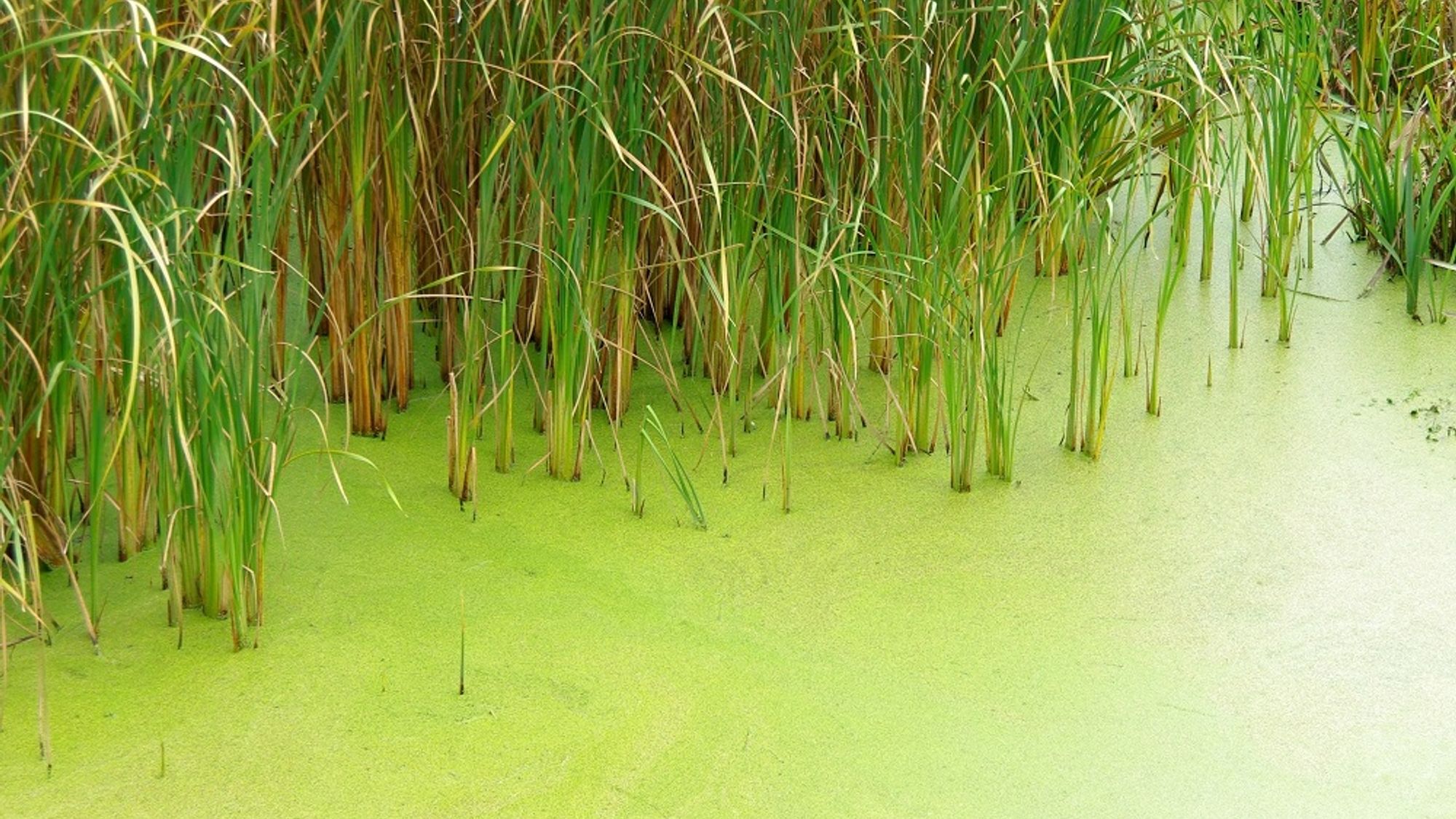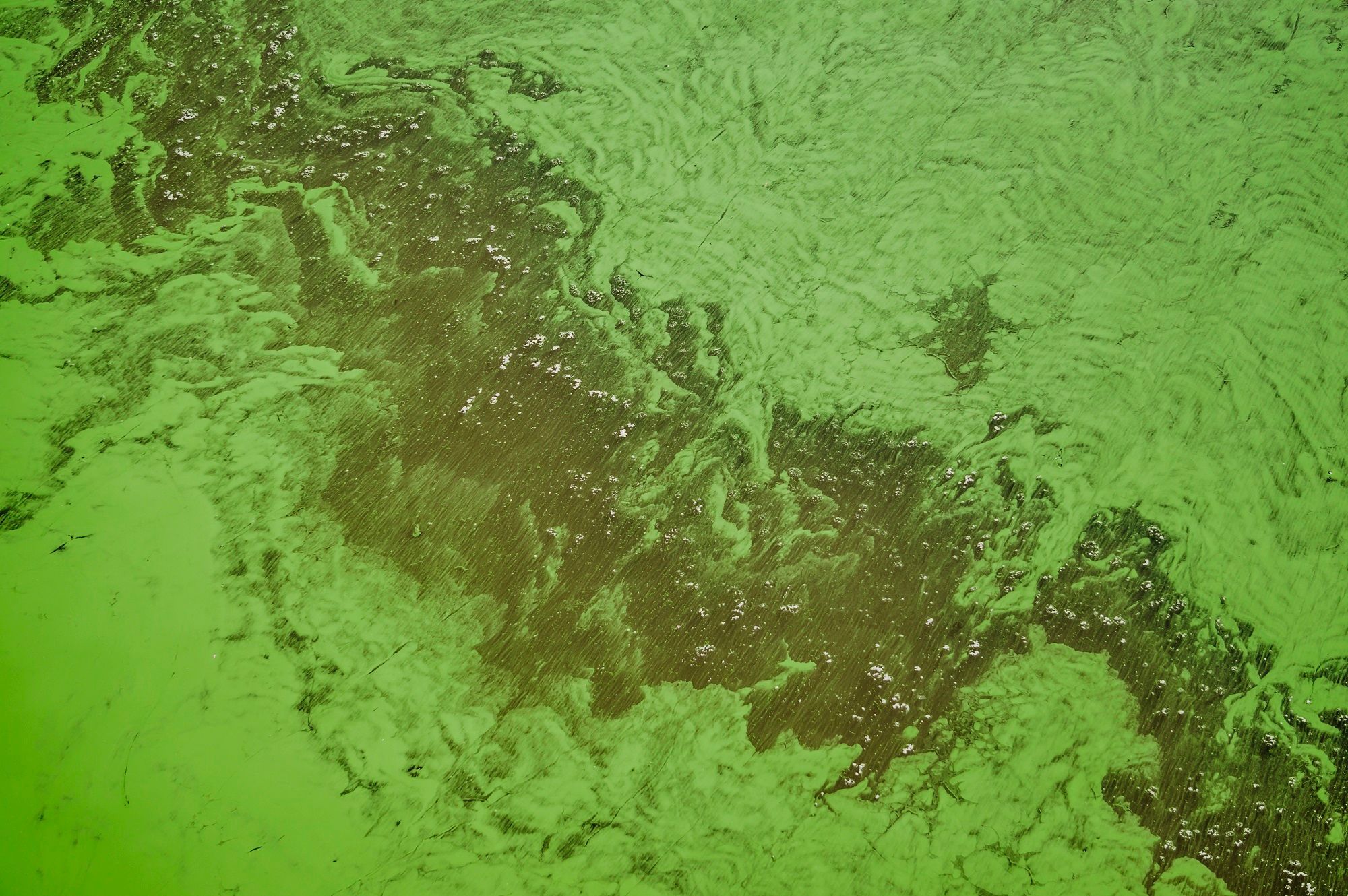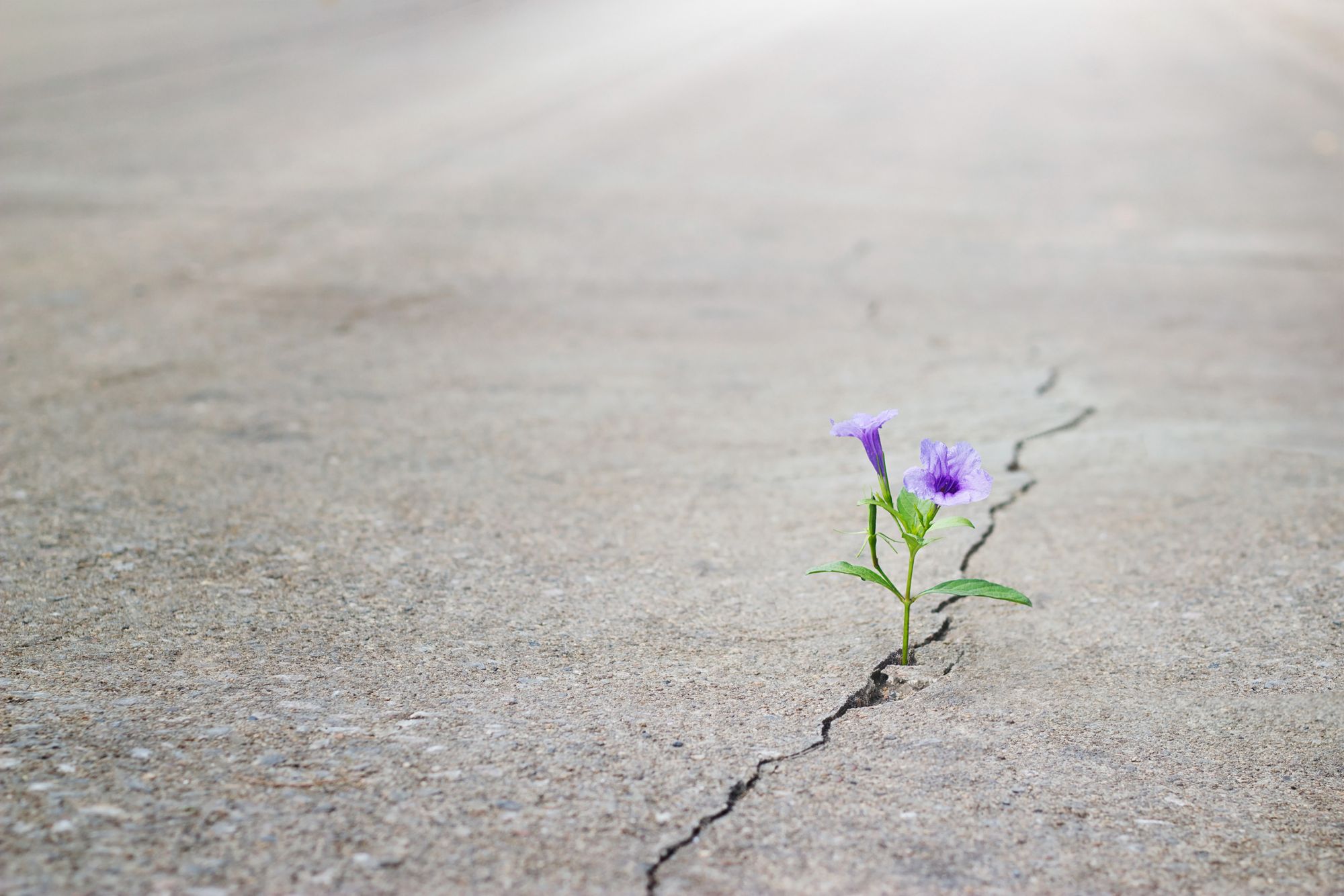Plant a seed, give it plentiful amounts of water and sunlight, and watch it grow. That’s all it needs, isn’t it? Not quite. Many plants, particularly high-yield food crops like rice and wheat also need phosphate-rich soil to flourish.
Phosphate is one of the key elements necessary for the growth of plants, animals and in lake ecosystems. It occurs naturally within rocks and other mineral deposits. During the process of weathering, rocks gradually release phosphorus as phosphate ions, which are soluble in water. It takes around one tonne of phosphate to produce 130 tonnes of grain. But today many soils are phosphate deficient, and farmers around the world need to purchase phosphates to maintain their yield and their livelihood.
Phosphate is a finite supply
Sadly phosphate is finite. Industrial farming has played a part in sucking this critical element out of our soil, which means we are running out of the high quality, readily accessible sources of phosphate. And in a world with an increasing demand for food, the cost of phosphate is going up. As a consequence, the price of food is going up – worldwide. While increases in the price of food can be absorbed in developed countries, it impacts hard in developing countries and leads to increases in malnourishment.
Around 140 million tonnes of phosphate rock is mined from the USA, China, Morocco and the Western Sahara every year. It’s processed then shipped and sold around the world. Some scientists predict in the not too distant future subsistence farmers will struggle to afford the phosphate needed to grow food for themselves and their families. Ultimately, the farming industry will struggle to grow enough food to meet the world’s food demands.

Predictions differ as to when the world’s phosphate supplies will run out. Some say it will last another 345 years; others say 100. But they all agree phosphate is a finite supply, and that something needs to be done.
We’ve already seen it happen in the Pacific, where once abundant phosphate resources on Nauru and Banaba Island have been depleted and are no longer viable.
An environmental disaster in the making
It isn’t just the future implications of a world with limited phosphate reserves that set alarm bells ringing. It is phosphate’s current impact on the environment too.
“At least 50 per cent, and sometimes as much as 70 or 80 per cent of phosphate applied as fertiliser eventually runs off. When phosphate washes into the water supply, it ends up in drinking water. It sweeps into groundwater, and from there it washes into rivers and lakes and causes algal blooms,” says Professor Jim Whelan of La Trobe University in Melbourne.

“Algal blooms become environmentally damaging very, very quickly. They produce toxins that can kill plant and animal life, which live in and around the water. Leached nutrients in water can change an ecosystem by promoting the growth of toxic species rather than native ones and can also completely overwhelm an ecosystem and kill everything in that ecosystem,” Professor Whelan explains.
Also the lower quality deposits have many contaminants such as arsenic and other metals. Again, in developing countries these contaminants are not separated due to the increased cost of processing and lead to the contamination of food and water.




